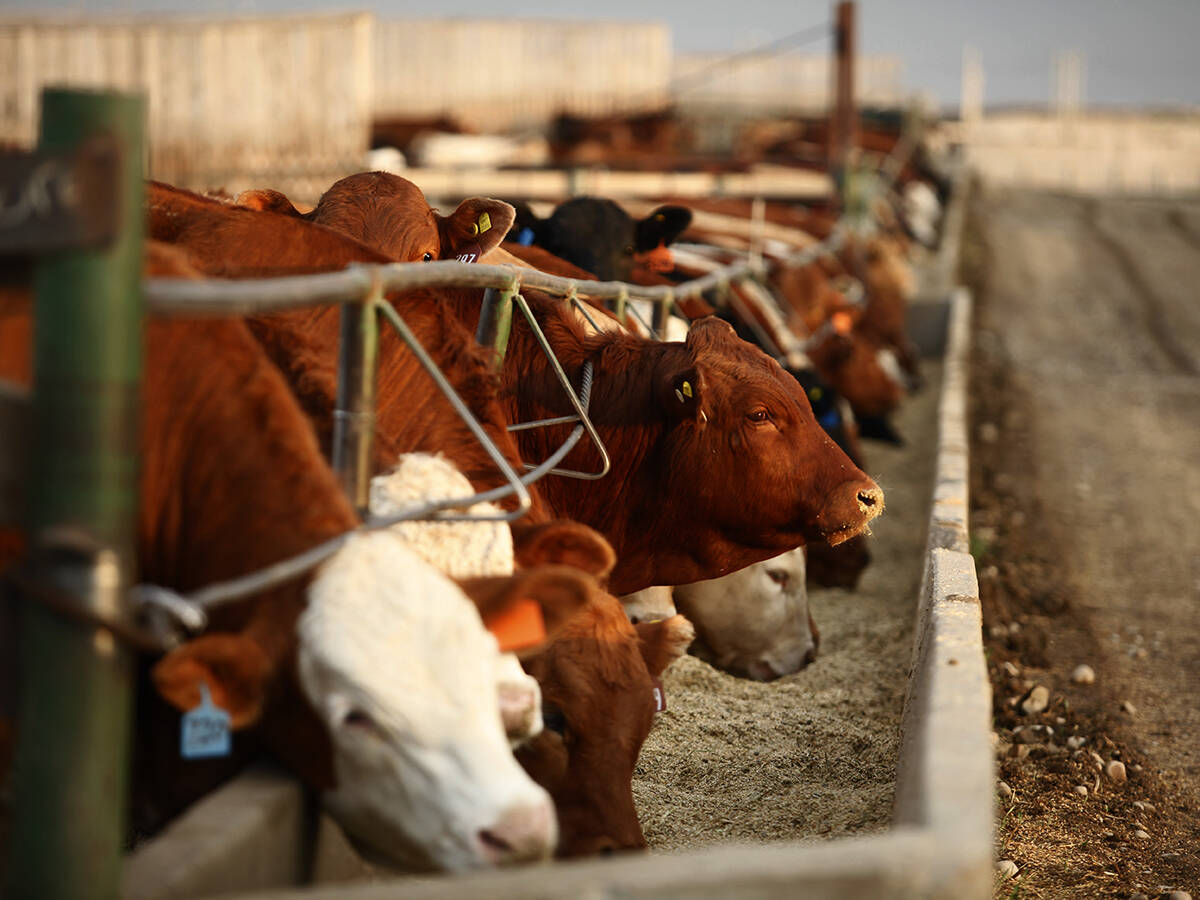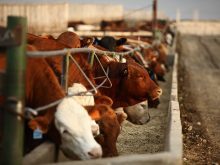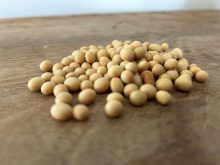Chicago Mercantile Exchange hog futures finished up more than two per cent Tuesday on speculative buying tied to the spread of the porcine epidemic diarrhea (PEDv) pig virus, traders and analysts said.
PEDv, which is deadly to baby pigs, could reduce the number of hogs coming to market in the coming months.
“Some people are waking up to how severe this PEDv virus is, which may have been underreported,” said Linn Group analyst John Ginzel.
He said some traders bought futures based on initial forecasts for the U.S. Department of Agriculture’s quarterly hogs and pigs report due on Friday at 2 p.m. CT.
Read Also

U.S. livestock: Cattle extend gains on improving cash prices, packer demand
Reuters — Chicago Mercantile Exchange live cattle futures set a three-week high and feeder cattle hit their highest level in…
Some researchers have discovered that the virus, which is not harmful to humans, may be carried on the wind, possibly exposing swine farms to a greater threat.
Nearby hog futures made new highs for their contracts, driven by their discounts to CME’s hog index which was at 98.25 cents (all figures US$).
October closed 2.325 cents higher at 92.5 cents per pound and hit a new contract high of 93.15 cents in after-hours trading.
December finished 1.65 cents/lb. higher at 88.075 cents. It posted a new contract high of 88.9 cents.
Focus on the pig virus and undervalued futures overshadowed word of the approved sale of Smithfield Foods to Chinese firm Shuanghui International.
Smithfield shareholders on Tuesday approved the pork giant’s $4.7 billion sale to Shuanghui in what is shaping up as the biggest acquisition of a U.S. company by a Chinese firm.
The Smithfield buyout is expected to increase U.S. pork exports to China at some point, but it is too early to tell, said Citigroup futures specialist Art Liming.
“I think the futures’ discount to cash probably has more to do with today’s rally than the Smithfield news. It looks like cash hog prices are going to stay fairly supportive,” he said.
“The Smithfield news doesn’t hurt, but it was fairly cooked into the market that it would be approved,” Liming said.
USDA’s Tuesday morning data reported the average hog price in the most-watched Iowa/Minnesota market at $94.84 per hundredweight (cwt), $2.92 higher than on Monday.
Live cattle up on cash expectations
CME live cattle futures gained for a fifth straight session in anticipation of steady-to-higher cash prices as wholesale beef demand improves, traders said.
Live cattle October closed 0.725 cent/lb. higher at 127.325 cents. December settled at 131.225 cents, 0.725 cent higher, and peaked at a 6-1/2 month top.
“We’ve got some extremely constructive fundamentals,” said Oak Investment Group president Joe Ocrant. He cited rising wholesale beef values and firmer prices paid for cattle in the cash market last week.
USDA data Tuesday morning showed the wholesale choice beef price, or cutout, at $193.82/cwt, up 27 cents from Monday. Select cuts were 76 cents higher at $177.55.
Last week, cash cattle fetched $124 per cwt in Texas and Kansas and $125 in Nebraska, feedlot sources said.
Also, last Friday’s USDA cattle report was bullish for deferred-month futures because it confirmed tighter supplies ahead which would be supportive to cash, Ocrant said.
CME feeder cattle drew support from the higher live cattle market and weak corn prices. Cheaper corn can ease input costs for feedlot operators.
September, which will expire on Sept. 26, ended up 0.325 cent/lb., at 157.95 cents. October settled 1.675 cents higher at 163.775 cents.
— Theopolis Waters reports on livestock futures markets for Reuters from Chicago.














